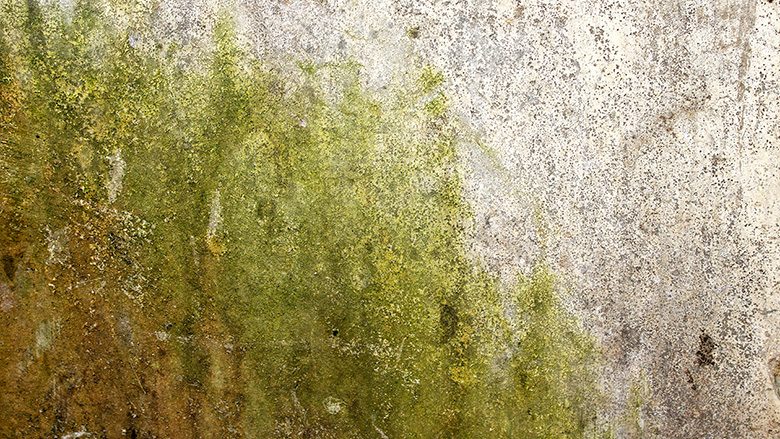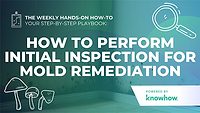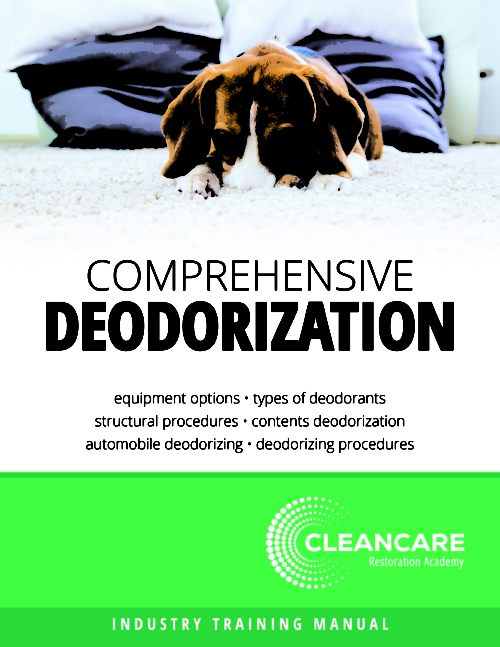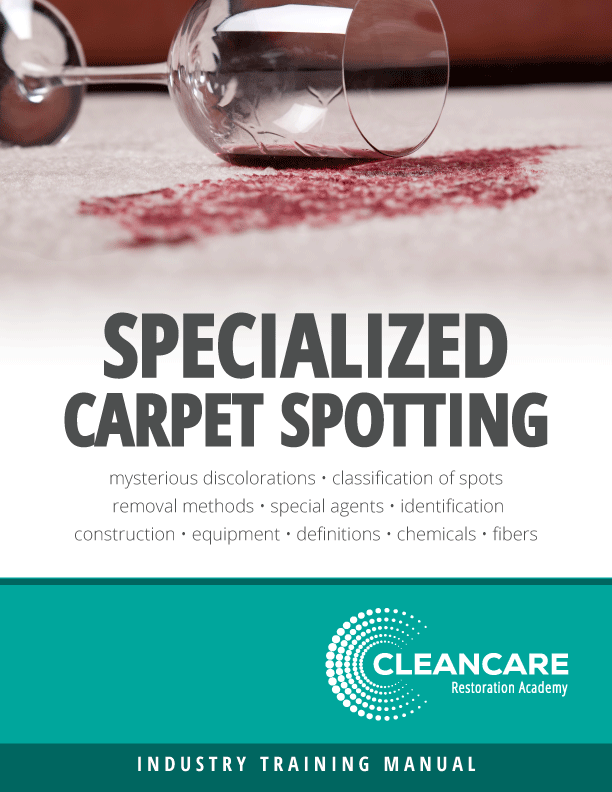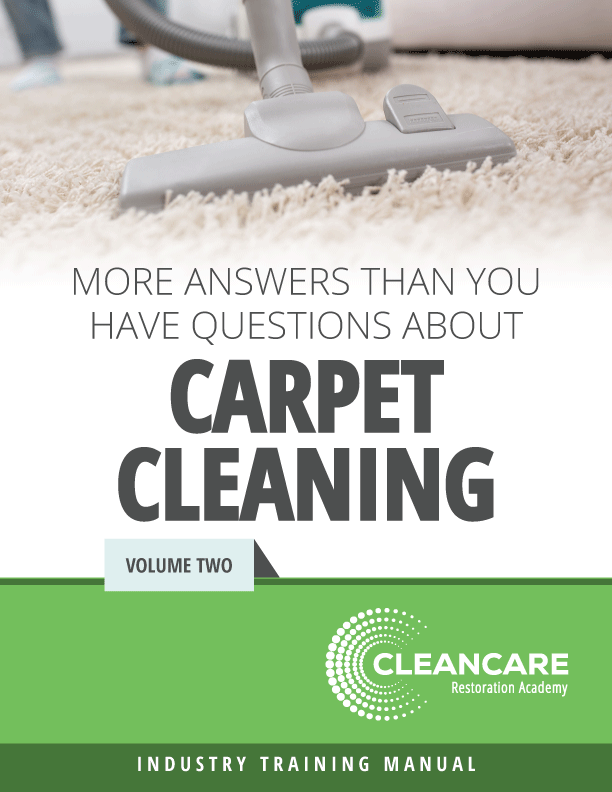Weekly Hands-on How-To powered by KnowHow
How to Clean Wood Framing in Mold Remediation

Mold on wood framing is more than just an eyesore—it can weaken the structure and create serious health risks if left untreated. It’s not a problem you can solve with a quick wipe down; mold spores require a precise, step-by-step approach to fully remove and prevent re-growth.
In this how-to, powered by KnowHow, we’ll guide you through the essential steps—from assessing the damage to thoroughly cleaning and documenting the process. Let’s dive in and ensure your remediation work is safe, effective, and built to last!
Reminder: Proper Training is Required!
Step 1: Assess the Extent of Mold Growth
Begin by thoroughly inspecting the wood framing to understand the scope of the mold problem. Look for visible signs of mold, such as discoloration, dark spots, or fuzzy patches. Mold often thrives in areas with excess moisture, so use a moisture meter to detect hidden moisture that may not be immediately visible. Identifying both surface and hidden mold helps ensure that no contaminated areas are overlooked.

Step 2: Document the Mold Damage
Before beginning the removal process, take clear photos of the affected wood framing from multiple angles. These photos serve as documentation for insurance claims, client communication, and your project records. Proper documentation provides visual proof of the initial conditions and helps verify the scope of work.
Step 3: Remove the Mold from the Wood Framing
To effectively remove mold, choose a method appropriate for the level of contamination:
- Scraping or Brushing: For lighter mold growth, use a brush or scraper to clean the surface.
- Sanding or Wire Brushing: For more stubborn mold, sand the surface carefully, removing up to 1/8 of an inch of wood if necessary. Use a wire brush for heavily embedded areas.
Be cautious not to damage the structural integrity of the wood during this process. As you work, collect the mold debris in sealed plastic bags to prevent further contamination. Dispose of the bags according to local regulations for mold waste disposal.

Step 4: Clean the Wood Framing
Once the visible mold is removed, it’s time to disinfect the surface. Apply a biocide solution or a mixture of detergent and water to thoroughly clean the wood framing. This step kills remaining mold spores and helps remove any lingering stains.
Allow the wood to dry completely. Use a moisture meter to verify that the moisture level has returned to a normal range, as any residual moisture can promote future mold growth. Conduct a final visual inspection to confirm that all mold has been eliminated
Step 5: Document the Process
Finally, take pictures of the cleaned and disinfected wood framing to document the completed remediation. Record any additional observations or measurements, such as moisture levels, for your records. This documentation helps provide transparency for clients and supervisors and serves as proof that the remediation was conducted properly.
Remember to follow all safety guidelines and wear appropriate personal protective equipment throughout the process. For extensive mold growth or uncertainty about removal techniques, consult a professional mold remediation specialist.
Standardize Mold Remediation with KnowHow
Cleaning mold from wood framing isn’t just about making things look better—it’s about protecting the structure and ensuring the problem doesn’t come back. By following a thorough process of assessing, removing, and documenting mold growth, you reduce the risk of recontamination and safeguard the integrity of the building.
But what’s the easiest way to ensure your team follows this process correctly every time? KnowHow. With step-by-step, company-specific SOPs, KnowHow gives your team instant access to the right processes whenever and wherever they need them. And beyond on-the-job guidance, it’s the simplest way to create SOPs and document the undocumented—helping your company become more process-driven, consistent, and scalable.
Ready to streamline mold remediation and set a higher standard? Visit tryknowhow.com today and see how KnowHow makes it happen.
Looking for a reprint of this article?
From high-res PDFs to custom plaques, order your copy today!



